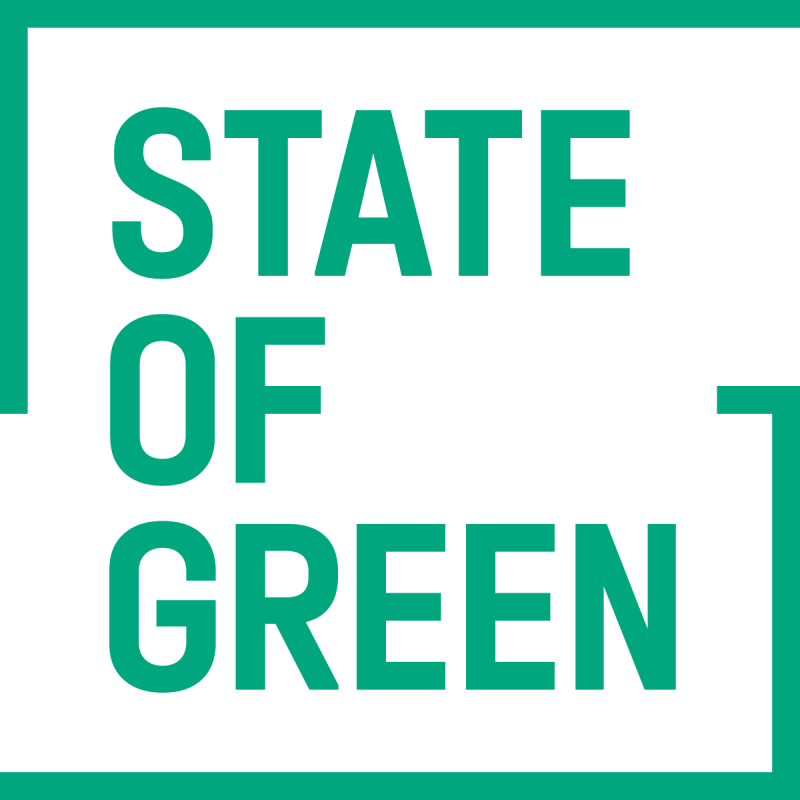News
Climate COP
Climate partnerships
Sector integration
Sound of Green: The Danish way of doing COP


Since 1995, the UN Climate Change Conference, or what is more commonly known as the COP, has gathered the world’s countries once a year to discuss, share knowledge, negotiate, and take collective action to spur on a greener future. From the very first COP to the 28th just held in Dubai, Denmark has brought its rich experience with green solutions to the table. And if there’s one solution that’s particularly emblematic of Denmark’s presence at COP, it’s the synergy between the decision makers and the solution providers.
Today, State of Green is an official organizing partner of the Danish Pavilion at COP – Denmark’s national showcase platform and meeting point. Each year we help organize side-events throughout the summit where public and private actors come together to share knowledge and present solutions.
In recent years, the showcase of solutions from Denmark’s private sector has grown increasingly remarkable. At COP28, over 30 companies comprised the biggest Danish business delegation yet. One of them was Ørsted, Denmark’s largest energy company. And for Ørsted, there’s no doubt that a strong private sector presence at COPs is crucial to the process of fostering green progress globally:
If you look at energy, which is responsible for 75% of global emissions, largely, and if you look at the investments needed within energy, then around 70% of those investments, will need to come from the private sector. So you need to get the ones that have the money, and the ones that are going to do, a lot of the hard work; getting the turbines in the water, getting the solar panels out there, making sure that we have the means to do energy efficiency improvements. If you don’t have these actors around the table, then it will be very difficult to reach the targets.
I’m still convinced that the success of not only the COP, but of overall climate aspirations and targets, depend on both the public and the private sector. The public sector need to negotiate the final targets the countries between them, but we are the ones that can deliver the solutions and the technologies. And we are the ones that can bring them down in cost and scale them. So we need each other, basically.
Emil Damgaard Grann, Head of Global Positioning, Ørsted
While the fight against climate change holds many uncertainties, it’s abundantly clear that strong partnerships between public and private actors are a crucial part of the solution. And the COP offers a unique opportunity for those partnerships to be fostered and exercised. The continuously strong Danish presence at COP is a testament to just that, as Chief Negotiator to the UNFCCC at The Ministry of Climate, Energy and Utilities states:
I think we are really good at doing that at every COP, having those side events that demonstrate the cooperation that we can achieve through the public-private cooperation that we have. The Danish Pavilion really is a good example of this cooperation. A strong negotiations team and a strong business team is really the way that we, from the Danish side, demonstrate that we are there, we have the solutions, and we mean business.
Maria Samuelsen, Chief Negotiator to the UNFCCC at The Ministry of Climate, Energy and Utilities
Timing may indeed be one of the key reasons why public-private cooperation at COP has gained traction in recent years. The global green transition is at the vital stage where formal ambitions need to be materialized into tangible action. And as Maria Samuelsen explains, that cannot be achieved without creating a link between decision makers and solution providers.
With the Paris Agreement, we established the global rules. And I think from that point on, while it’s still important to meet every year and discuss and emphasize the need for raising ambitions, we’re also moving into more of an implementation phase. The agreement now has to have life, and that’s what we all put in it as members or as parties to this agreement. That’s why I think the business side is so important, because that is the life that we put into this agreement. These are the solutions we need to spearhead and add.
Maria Samuelsen, Chief Negotiator to the UNFCCC at The Danish Ministry of Climate, Energy and Utilities
Listen to the full episode to learn more about the Global Stocktake, the technicalities of the negotiations, and the role of public-private partnerships in a COP context:
Also available on your preferred podcast platform:















